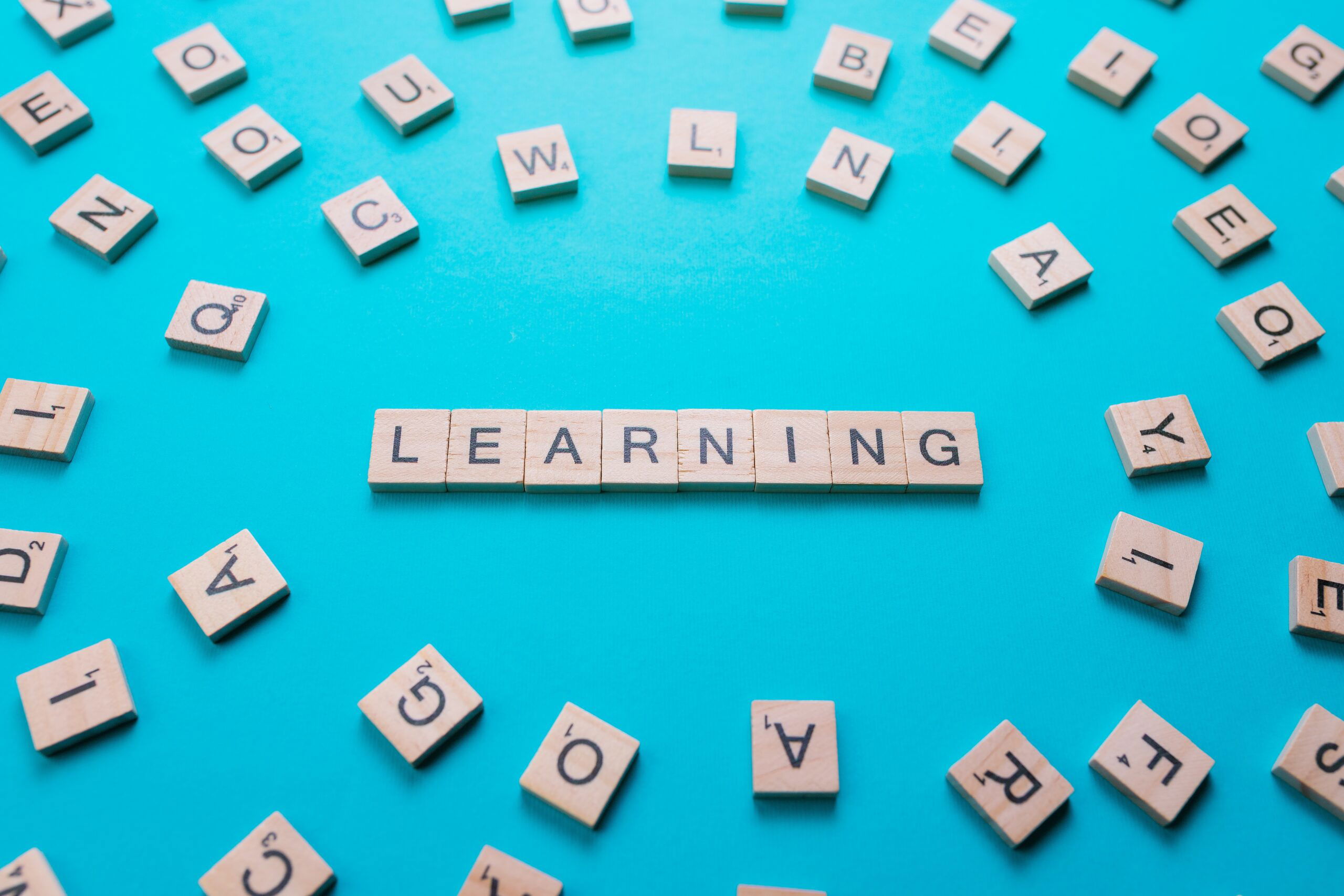How to Get a 7 in IB French A: Your Complete Strategy for Success

Looking to unlock a 7 in IB French A: Language and Literature? Whether in Standard Level (SL) or Higher Level (HL), this guide is packed with practical strategies, tips, and expert insights to help you succeed in your IB French A: Lang & Lit course. We break down the course structure, assessments, and best study methods, primarily if you aim for that top grade.
If you’ve ever searched for IB French A tips, wondered about the IB French A HL vs SL difference, or just need a solid IB French language and literature guide, you’re in the right place.
Do you need help with IB French?
IB French A Course Overview
IB French A: Language and Literature offers a rigorous course for fluent speakers exploring language and literature through critical analysis, cultural context, and diverse text types.
Course Descriptions & Aims
The IB French A Language and Literature course is designed for students with a strong command of French, usually native or near-native speakers. It explores how language functions as a practical communication tool and an art form.
Students engage with a diverse selection of literary and non-literary texts, examining the nuances of language, context, and audience. The course encourages personal and critical engagement, helping students to understand and produce complex and effective communication.
The aims of the course are to:
- Develop analytical and critical thinking through text analysis
- Cultivate personal responses to literature and media
- Enhance oral and written communication skills
- Deepen understanding of global and cultural perspectives
- Encourage appreciation of linguistic artistry and structure
Whether you’re tackling poems, speeches, or advertisements, IB French A: Language and Literature pushes you to explore how meaning is shaped through language and context.
French A: Literature vs. Language and Literature
Which version of IB French A are you taking or considering? Understanding the key distinctions between the “Literature” and “Language and Literature” courses is essential, as each course focuses on different types of texts and skills. While both are academically rigorous and aim to deepen your understanding of the French language and culture, they differ in scope, analysis, and the types of materials studied.
Here’s a quick breakdown to help you choose the path that best aligns with your interests and strengths:
| Feature | French A: Literature | French A: Language and Literature |
| Focus | Purely literary texts | Literary and non-literary texts |
Text Types | Novels, plays, poetry | Media texts, advertisements, speeches, along with literary works |
| Analysis | Deep literary analysis | Both rhetorical and literary analysis |
| Assessment Components | Similar (Paper 1, Paper 2, IO) | Includes analysis of non-literary texts |
| Best For | Literature lovers and aspiring writers | Students interested in media, language, and society |
Both versions aim for academic depth, but Language and Literature offers more variety and real-world applicability.
Assessment Structure of French A: Language and Literature.
You need a clear understanding of the assessment structure to excel in IB French A: Language and Literature. Standard Level (SL) and Higher Level (HL) students complete internal and external assessments designed to test analytical, interpretive, and expressive written and spoken French skills. However, HL students face additional complexity with an additional written coursework component.
Let’s explore each component in detail so you can prepare strategically for success.
External Assessments
External assessments comprise most of your final grade and are conducted under timed exam conditions.
Paper 1: Guided Textual Analysis
- SL: Analyse one unseen non-literary text (1 hour 15 minutes)
- HL: Analyse and compare two unseen non-literary texts (2 hours 15 minutes)
- Weight: 35% of the final grade (both SL and HL)
This paper tests your ability to engage critically with unfamiliar material. You must identify stylistic features, tone, audience, purpose, and rhetorical strategies. HL students must demonstrate comparative analysis across both texts, adding to the analytical depth required.
Top Tip: Practise with past Paper 1 prompts and model answers to build confidence and structure your analytical writing effectively.
Paper 2: Comparative Essay
- Time: 1 hour 45 minutes (SL and HL)
- Weight: 35% for SL / 25% for HL
- Task: Write a comparative essay based on two literary texts you have studied, responding to one of four set questions.
This essay assesses how well you can draw thematic, stylistic, and contextual connections between two works. You must construct a coherent argument, supported by textual evidence and literary techniques, in response to a specific prompt.
Success in Paper 2 comes from deep knowledge of your chosen texts and the ability to compare them meaningfully under exam pressure.
Internal Assessments
Internal assessments provide an opportunity to showcase your oral communication skills and, for HL students, your ability to craft a focused academic essay.
Individual Oral (IO)
- Preparation Time: 20 minutes
- Presentation + Q&A: 15 minutes total
- Weight: 30% for SL / 20% for HL
In this assessment, you present a comparative analysis of one literary text and one non-literary body of work, linked by a common global issue (e.g., identity, inequality, cultural conflict).
You’ll be assessed on your ability to:
- Explore the global issue clearly and relevantly
- Support your analysis with precise references
- Speak fluently and respond thoughtfully to examiner questions
Top Tip: Choose texts and issues that you feel confident discussing deeply. Structure your presentation to highlight key points clearly and coherently.
HL Written Task (HL Essay)
- Length: 1,200–1,500 words
- Weight: 20% of HL grade
- Task: Write an academic essay on one literary or non-literary work studied in class, exploring a line of inquiry (e.g., theme, technique, cultural context)
This essay demands sustained analysis, academic structure, and integration of critical perspectives. It allows HL students to show independent thinking and an advanced grasp of language and literary analysis.
Top Tip: Start early. Brainstorm different research questions and get feedback on your drafts to refine your argument and structure.
Summary Table
| Component | SL | HL | Weighting |
| Paper 1 | 1 unseen non-literary text (1h15) | 2 unseen non-literary texts (2h15) | 35% (both levels) |
| Paper 2 | Comparative essay (1h45) | Comparative essay (1h45) | 35% SL / 25% HL |
| Individual Oral | 15-minute oral on global issue | 15-minute oral on global issue | 30% SL / 20% HL |
| HL Essay | Not applicable | 1,200–1,500 word written task | 20% HL only |
Mastering the assessment structure of IB French A is essential for success, as it allows you to approach each task with clarity, confidence, and targeted preparation.
Proven Strategies to Score 7 in French A
Achieving a 7 in IB French A: Language and Literature isn’t just about being fluent in French. What sets top-scoring students apart is their ability to analyse texts precisely, organise their thoughts clearly, and respond to assessment tasks with structure and insight. Consistent practice, a thoughtful approach to each assessment, and deep familiarity with course requirements are essential for standing out.
Here’s a breakdown of the strategies that can help you succeed across every component of the course:
Mastering Each Component
Each part of the IB French A assessment requires a slightly different skill set. Let’s explore how to tackle them effectively.
Paper 1: Guided Textual Analysis
To do well in Paper 1, you must be comfortable with unseen non-literary texts and confident in applying literary and rhetorical analysis under time pressure.
- Practise regularly with unseen texts from past papers or media articles.
- Use a consistent checklist: consider tone, audience, purpose, structure, and stylistic devices.
- Highlight and label techniques like repetition, metaphor, irony, parallelism, and sentence variation.
- Practice writing full analyses within the allotted time.
Paper 2: Comparative Essay
This is your chance to showcase your understanding of the literary works you studied by crafting a cohesive argument.
- Memorise key themes, quotes, and stylistic features for your chosen texts.
- Use comparative phrases like “In contrast,” “Similarly,” and “Both authors explore…”.
- Plan your essays, outlining structure, arguments, and supporting examples.
- Practise writing under timed conditions to improve fluency and speed.
Individual Oral (IO) and HL Essay
These internal tasks require strong planning, conceptual depth, and refined communication skills.
- Choose texts with layers of meaning and strong connections to global issues.
- Annotate key passages for use in both the IO and HL Essay.
- Draft, review, and redraft both assessments to redefine clarity, depth, and tone.
- Get regular feedback from teachers or tutors to strengthen argumentation.
Individual Oral Excellence
The IO is a major opportunity to showcase your verbal skills and critical insight. Here’s how to prepare effectively:
- Choose texts that offer clear contrasts and connections on a global issue
- Practice with a tutor or peer and record your presentation for self-evaluation
- Structure your analysis with a clear introduction, body (comparative points), and conclusion
- Avoid memorising entire scripts. Use bullet points and practice speaking naturally
HL Written Task Strategy
To excel in the HL essay:
- Formulate a sharp, focused research question or line of inquiry
- Choose a work with rich stylistic and contextual elements
- Create a detailed outline before writing
- Include context, technique, critical perspective, and your interpretation
- Cite appropriately and maintain academic tone
Planning & Resources
Time management and organisation can be the difference between a 6 and a 7. Here are some tools and habits to develop:
- Use a planner or digital calendar to track submission dates
- Set weekly goals for vocabulary building, text analysis, and writing
- Create IB French revision folders for each text: themes, character profiles, quotes, stylistic features
- Read French media (Le Monde, TV5MONDE) and literature regularly to absorb structure and tone
Helpful Tools and Resources:
- WordReference is used for accurate definitions, idioms, and verb conjugations.
- Quizlet can create and review flashcards for vocabulary, literary terms, and analysis frameworks.
- Past Papers from official IB sources or school repositories can be used to practise exam-style questions.
- Language tools like BonPatron or Grammarly (set to French) are available to check structure and grammar in written tasks.
Pre-Exam Preparation
Working with an experienced IB French tutor can make a real difference when aiming for a top grade in IB French A: Language and Literature. A tutor helps you plan your Individual Oral, choose strong text pairings, and develop clear and confident analysis in your spoken work.
For HL students, expert support is especially valuable for the HL Essay. From shaping your research question to strengthening your argument, a tutor provides personalised guidance at every step. With mock exams, essay feedback, and flexible scheduling, TutorsPlus ensures you stay on track and fully prepared.
Here are some amazing testimonials from our satisfied clients:
“From all my 13 years of learning French, I never improved by the same amount as the one week of daily lessons I had with Mr Jean-Baptiste.”
“With little time on our hands, Saleh gave me succinct and concise resources and exercises I needed to efficiently grow in the subject.”
With consistent practice, thoughtful planning, and expert support, mastering each component of IB French A puts a grade 7 well within your reach.
Conclusion
Aiming for a 7 in IB French A demands more than speaking fluent French. You must master academic writing, nuanced textual analysis, and structured argumentation. With the right preparation, feedback, and study habits, that 7 is within your reach.
Stay curious, stay consistent, and never hesitate to ask for guidance. With support from skilled tutors and a solid study routine, you can confidently approach each exam.
FAQ — Answering Key Questions
How many texts do you need to study?
At Standard Level, you must study at least four works, including both literary and non-literary texts. At Higher Level, the minimum is six works studied in greater depth.
What is assessed in the HL Written Task?
The HL Essay is a 1,200 to 1,500-word academic analysis of one studied text, assessing your ability to explore a focused line of inquiry with clear structure and detailed stylistic and contextual analysis.
What mistakes do applicants for a grade 7 most often make?
Common mistakes include poor time management, over-reliance on memorisation, weak text choices, limited sentence variety, and unclear or underdeveloped arguments.
How many literary works do I need to study in IB French A HL and SL?
SL students must study at least three literary works and one or more non-literary texts. HL students typically study four literary works and several non-literary texts, although the exact number may vary depending on the school’s curriculum choices.
Can I use the same text for both Paper 2 and the Individual Oral?
No, you must select different texts for each assessment. Using the same text across components goes against IB academic integrity guidelines and may result in penalties.
Looking for expert support in IB French A? TutorsPlus offers personalised tutoring to help you confidently reach your goals. Get in touch at +41 22 731 8148 or email us at to start your journey toward a 7.









